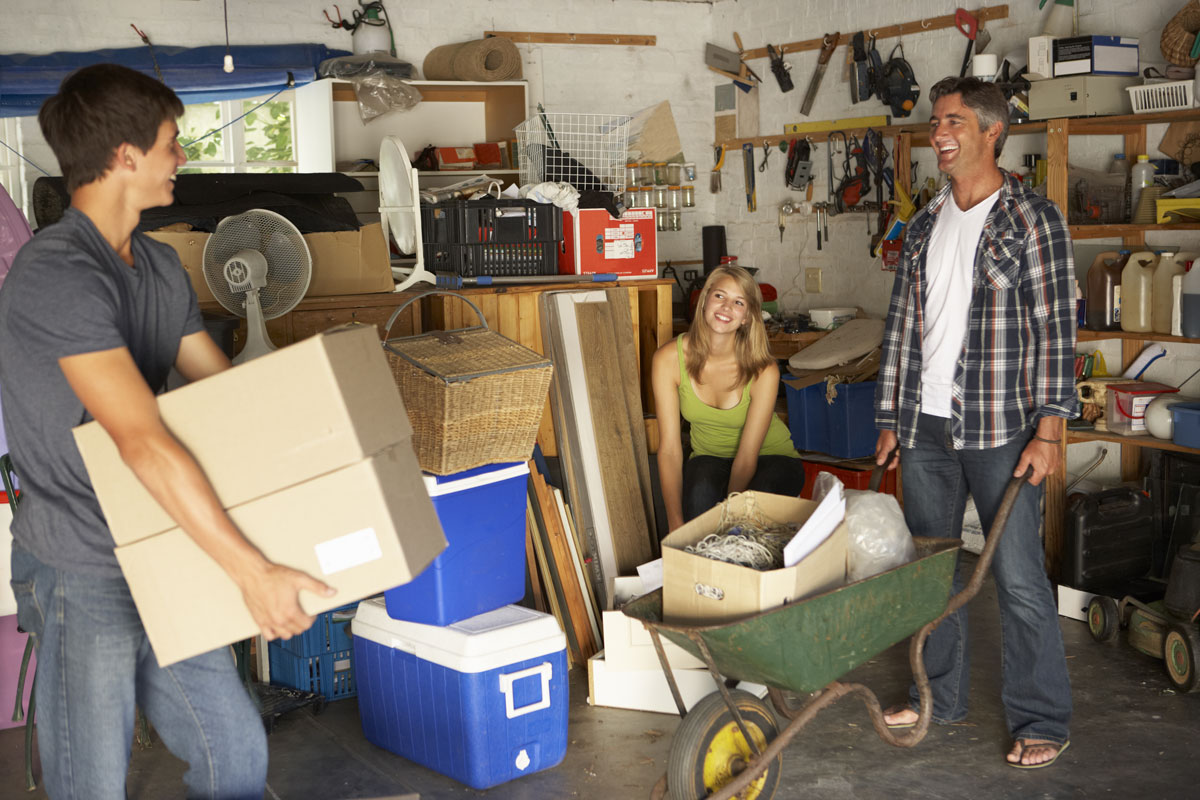With weather conditions changing so often these days around the world, it's important to be prepared for the possibility of anything this winter in whatever area of Canada you call home. Many areas are likely to experience normal or only slightly abnormal weather. Yet, weather forecasters have predicted that other areas might go through an abnormally mild period followed by some of the coldest and harshest winter conditions seen in years. Your garage is one of several resources that you must rely upon this winter. As a result, you need to prepare it for any eventuality. Follow these steps:
Clear Out Any Clutter
Move any non-winter or unused items to attics, basements and sheds for storage. It's critical that you have enough space in your garage to take into account your winter tools, emergency supplies, summer vehicle storage, if applicable, and a mud zone area. Your garage should only contain the things you need to use it as a work space and storage for winter sports equipment, emergency supplies and the tools you need to tackle this winter's weather conditions.
Create a Warm Barrier
Move everything you decide to keep in the garage temporarily to the side and inspect the entire structure for cracks and gaps in the walls, floor or ceiling and around any windows or doors. Check for roof damage that can allow cold air and moisture to seep into the building. Use caulk, foam or mortar to seal seal up the cracks. Press caulk from a tube or caulking cord around the windows and doors. If you have time, install insulation in the ceiling and in the walls.
Prepare and Organize Everything
You need to make certain that all important items are close enough at hand when you need them and also not blocking any floor areas where you need to keep one or more vehicles or walk. Place anti-slip floor mats at entry points. Install hooks near these spots so that you have a mud zone to hang wet clothing and commonly used hand tools, such as ice scrapers, shovels and mops. Place a large boot tray on the floor under the hooks for wet boots and to catch dripping water. Situate deicing agents, your snow blower and other outdoor snow removal tools at the front of the garage. Position winter emergency medical, food and other supplies at the back of the garage in the warmest and driest areas and sports and recreational equipment off to one side in a bin or hanging from the wall.
Double Check Your Tools
You can't afford for critical tools to break or stop working when there's ice and snow blocking your garage door or any other exterior entry points to the structure. Check every tool for cracks, corrosion, mineral buildup and other signs of decay. Clean and repair each tool as necessary. Use a lubricant on any moving parts so that applicable tools are unlikely to freeze up or stick when you need them. Test each tool as well, especially electric, solar- and gas-powered and battery-operated tools like your snow blower, generator, emergency radio and any heaters.
Remember the Garage Doors
Lastly, tend to your garage doors. Start with an inspection of manual doors and then perform maintenance: For example, lubricate hinges and all moving components. Your overhead door also requires pre-winter inspection and maintenance. Lubricate all moving parts. Test that the door is functioning properly. If you have enough funds, hire an experienced garage door company to perform these task. An installer and repair technician has the knowledge and experience needed to detect problems that home and business owners usually don't notice.
With enough time and forethought, you can prepare your residential or commercial garage for any winter weather scenarios. For more winter garage preparation tips or to learn more about our overhead door maintenance packages, contact us today.

